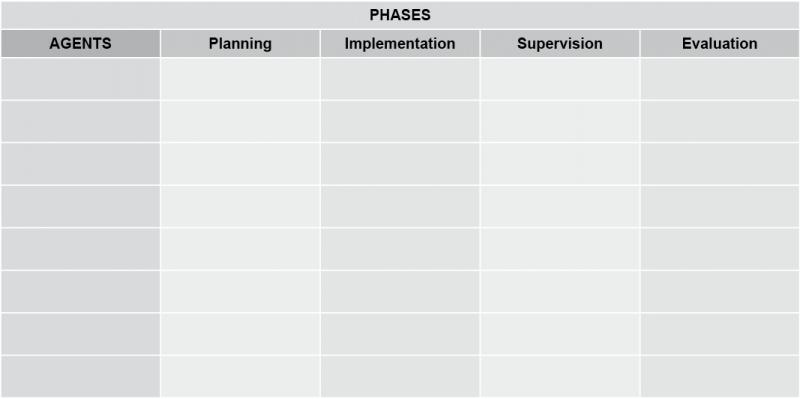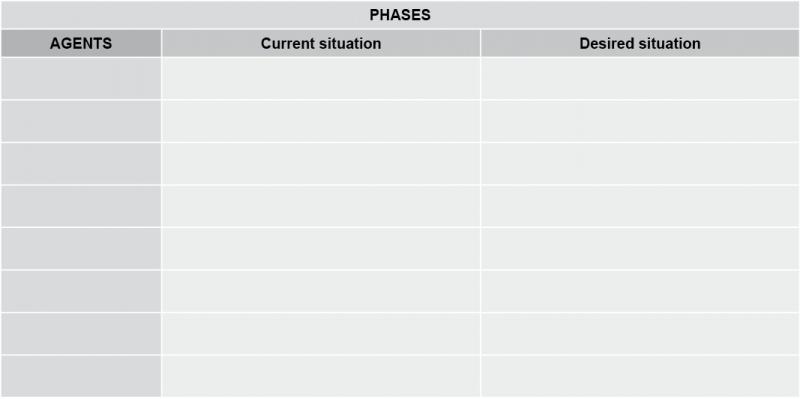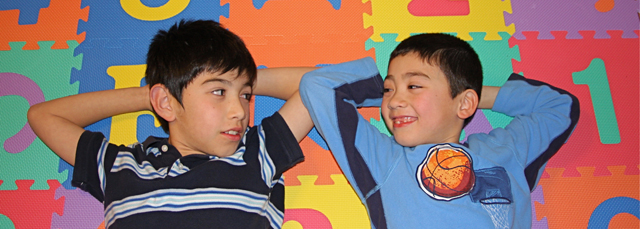What is an approach of education based on human rights?
Concept:
The approach based on human rights is based on all the rights recognised for all persons in several international texts of the United Nations and of international organizations, as well as on the principles derived from them:
universality and inalienability, indivisibility, interdependence, equality and non discrimination, participation and integration, training, accountability and respect of the rule of law.
This approach aims to increase the awareness among governments and institutions regarding their obligations to respect, protect, promote and guarantee human rights.
It also seeks to support and train people to understand, claim and use their rights in order to improve their society and influence their future.
This approach implies a new perspective to the implementation of public policy, including education policy. It consists of shifting from approaches based on needs, or on the provision of services, to approaches based on the recognition of the rights of all people. Therefore, the rights-based approach considers that the authorities are committed to specific legal obligations.
Objectives:
The human rights based approach aims at improving accountability and fostering a better knowledge of these rights. It consists in:
a) The effort to increase and improve accountability in the implementation of public policies, determining who are the holders of rights - all people - and the holders of corresponding duties - all authorities.
b) The effort to raise awareness among rights’ holders about their rights so that they may claim them.
c) The effort to raise awareness among public authorities of their responsibility to fulfil their obligations in the best possible way.
Means:
The approach based on human rights uses various means to carry out these objectives:
a) The development of legislation, procedures and mechanisms to ensure implementation and compliance with human rights.
b) The implementation of universal norms as benchmarks or as indicators adapted to each country, or to each local context, in order to measure progress and improve accountability.
«Indicators of human rights consist in "specific information about the status of an event, activity or outcome that can be related to human rights standards or norms. They address and reflect problems and human rights principles and are used to evaluate them, to monitor their promotion and protect them» (High Commissioner for Human Rights, United Nations, 2008).
What does the rights-based approach bring to public policy?
The rights-based approach brings considerable added value to educational policies because human rights promote democracy, progress and social cohesion. They foster respect for peace and peaceful resolution of conflicts. In addition, education plays a key role in the fulfilment of other rights.
The full realisation of the right to education is not achieved only by guaranteeing its universal access. The approach of education based on human rights is a comprehensive approach which includes: access to education, quality of teaching (based on the values and principles of human rights) and the environment in which education is delivered.
Its aim is to ensure that every child receives good quality education that respects and promotes their right to dignity and to the best possible development of their person ((UNICEF/UNESCO, An approach to education for all based on human rights, 2008).
The first step towards improving the outcome of education consists in establishing integrative educational systems that are participative, accountable and that correspond exactly to the concerns and expectations expressed by stakeholders (parents and students, teachers and governments).
In many schools, the lack of adaptation to the needs of children and/or their families, the lack of relevance of curriculum, and poor quality of teaching are the main factors contributing to the inability to learn effectively and the subsequent dropping out that may result.
A good educational programme must look upon parents and students as having an essential role in their education and development, and not merely as passive beneficiaries of services provided. For this reason, an approach of education based on human rights implies the involvement of all participants in the educational community, and in particular, the parents, in planning, implementing, monitoring and evaluating the educational systems. It is a human right, and also a necessary process and outcome.
 Activities for parent-teacher organizations and associations
Activities for parent-teacher organizations and associations
Activity 1: Discussion Forum
Objective: After reading the text and the supporting documents, debate on the role of parents from a human rights perspective.
This debate can be structured as an open dialogue or based on nominal group technique. Discuss the role of parents in compulsory education from a human rights perspective for a minimum of 30 minutes. At the end of the discussion, draw main conclusions and the consequences of their application in the centre.
Dynamics and development of the activity:
The moderator presents the subject, and each person has ten minutes to individually write a paper that considers relevant aspects on the subject of debate.
Subsequently, in groups of 5 to 8 people, put together what each individual has written on a bulletin board for all to see. At the end of this first round, discuss the issues raised. This phase can last about an hour. Then each person selects 3 to 5 sentences. Those are then put together to consider which aspects have been selected.
Activity 2: Educational Agents
Objective: To identify the agents of the educational community and their role in the various phases of educational activity: planning, implementation, monitoring and evaluation.
Method: For this activity you can use the following table:

Once the table is completed, the results can be analysed, emphasising the strengths and the weaknesses that should be improved. In the first column the active agents in the life of the centre need to be identified, i.e. the categories of persons actively engaged in the development of the educational activity need to be identified. Subsequently, in each column, their role in relation to each phase of the educational process should be indicated.
Activity 3: Current situation and desired situation
Objective: To assess the current and the desirable situations related to the participation of the different actors mentioned in the previous section.
Method: For this activity, you can use the following table:

This table can be filled by taking the results obtained in the previous year. It should point out what the agent’s current situation is with regard to his/her position on the right of parental involvement in the education of their children. Later, the situation can be described as a desirable objective to be achieved.
